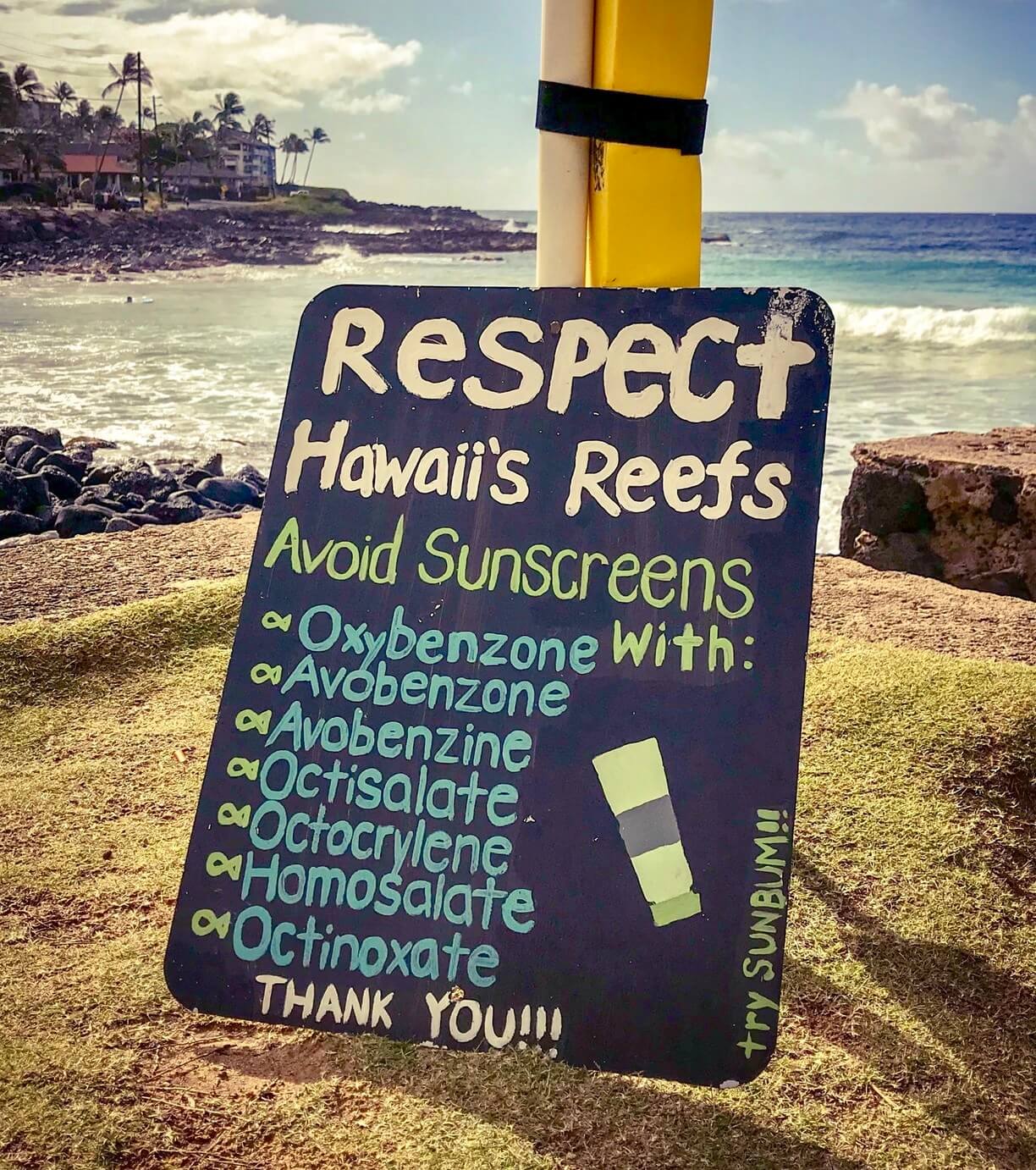

- BEST SUNSCREEN FOR HAWAII SKIN
- BEST SUNSCREEN FOR HAWAII FULL
- BEST SUNSCREEN FOR HAWAII PLUS
- BEST SUNSCREEN FOR HAWAII FREE

BEST SUNSCREEN FOR HAWAII FULL
As a rule of thumb, use about a shot glass full (or two tablespoons) of sunscreen for your entire body and a nickel-sized amount for your face. How Much to ApplyĪ common mistake is not applying enough sunscreen. Now that you’ve got your reef-safe sunscreen, it’s important to apply it correctly to ensure maximum protection. Applying Your Reef-Safe Sunscreen Correctly Key (active) ingredients: Avobenzone 3%, Homosalate 10%, Octisalate 5%, Octocrylene 7%. This sunscreen is also water-resistant for up to 80 minutes.
BEST SUNSCREEN FOR HAWAII SKIN
It’s suitable for all skin types and is tested on sensitive skin.
BEST SUNSCREEN FOR HAWAII PLUS
This sunscreen is formulated with Cell-Ox Shield technology: broad-spectrum UVA/UVB protection plus antioxidants. La Roche-Posay Anthelios Melt-In Sunscreen Milk is a fast-absorbing, velvety finish sunscreen that offers advanced broad-spectrum protection. Instead, look for sunscreens that contain natural minerals like zinc oxide or titanium dioxide and are labeled as non-nano and paraben-free. This ingredient takes years to biodegrade and can be harmful to aquatic life. Also avoid sunscreens containing petrolatum, also known as mineral oil.

These are the main culprits behind coral bleaching. Avoid sunscreens that contain oxybenzone, octinoxate, and parabens. Harmful Ingredients to Avoidįirst things first, check the label.
BEST SUNSCREEN FOR HAWAII FREE
Reef safe sunscreens are free from oxybenzone and octinoxate, but there are other ingredients you should avoid too. So, what exactly makes a sunscreen reef safe? But what should you look for? And how can you tell if a sunscreen is truly reef-safe? It’s all about the ingredients. Decoding the Labels: What Makes a Sunscreen Reef Safe? After all, if these chemicals can harm our reefs, what can they do to our bodies? But remember, while you can still bring non-reef-safe sunscreens to Hawaii, why be that person? There are plenty of alternatives that protect both you and the reefs. This move was not just about protecting the environment, but also about safeguarding our health. It’s a significant move towards preserving the health of the coral reefs and marine life. In 2021, the state implemented a ban on the sale of sunscreens containing oxybenzone and octinoxate. In response to the threat posed by these chemicals, Hawaii took a bold step.

The Hawaiian Response: Banning Harmful Sunscreen Ingredients That’s a lot of chemicals wreaking havoc on our precious marine ecosystems!įind out here the Best Silicone-Free Moisturizers And Why Do You Care In fact, a staggering 412 pounds of sunscreen is deposited daily on Hanauma Bay’s reef, Oahu’s most popular snorkeling spot. According to the National Park Service, about 14,000 tons of sunscreen enter coral reefs every year. This absorption causes the corals to bleach and undergo significant stress, which can lead to their death. The chemicals in these sunscreens, particularly oxybenzone and octinoxate, are absorbed by corals. When we take a dip in the ocean, sunscreen washes off our bodies and into the water. They contain chemicals like oxybenzone and octinoxate, which contribute to coral bleaching. Traditional sunscreens, while great at protecting our skin, can be downright disastrous for coral reefs. You might be wondering, “Why does it matter?” Well, here’s the scoop. The Detrimental Effects of Traditional Sunscreens on Coral Reefs This alarming fact led to Hawaii becoming the first state in the US to ban the sale of sunscreens containing these harmful ingredients. Many traditional sunscreens contain chemicals like oxybenzone and octinoxate, which have been found to cause coral bleaching. However, I’ve also learned about the hidden dangers that these delicate ecosystems face, particularly from a surprising source – our sunscreen. Living in Hawaii for the past two years, I’ve been blessed to witness the vibrant beauty of our coral reefs firsthand. Twitter Facebook Pinterest Email Understanding the Importance of Reef Safe Sunscreen


 0 kommentar(er)
0 kommentar(er)
